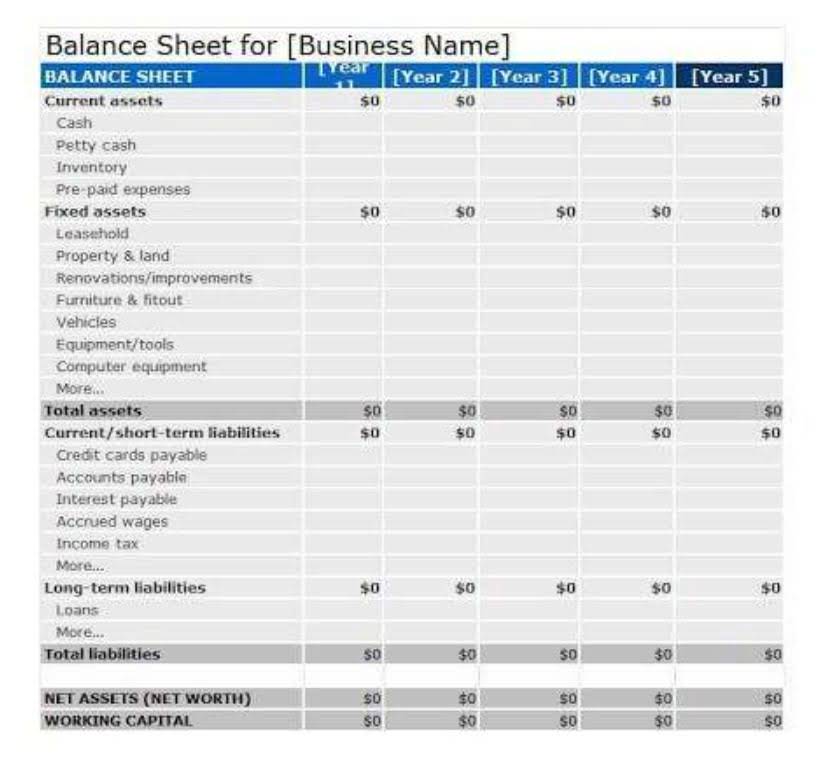
Below is the total amortization schedule for our Series 2022 issue, illustrating how premium amortizes at the call date while the discount continues. For a discount bond, the “yield to worst” net sales is the yield to maturity, not the yield to call. As a result, the price of a callable discount bond is based on the yield to maturity, which generates the discount. Fees that are an integral part of the EIR include origination fees received (or paid) by the entity relating to the creation or acquisition of a financial asset (or issuing a financial liability at amortised cost).
- There are several methods to amortize bond premiums and discounts, each with its own approach and implications for financial reporting.
- Note that under the effective interest rate method the interest expense for each year is increasing as the book value of the bond increases.
- A bond with a par value of $1,000 and a coupon rate of 6% pays $60 in interest each year.
- To illustrate the discount on bonds payable, let’s assume that in early December 2023 a corporation prepares a 9% $100,000 bond dated January 1, 2024.
Market Interest Rates and Bond Prices

The effective interest rate method calculates interest expense based on the carrying value of the debt and the effective interest rate. This rate considers the bond’s actual purchase price, reflecting a more accurate portrayal of interest earned or paid, especially when bonds are bought at a discount or premium. The straight-line method, however, allocates the same amount of interest expense across each period. This simplification ignores the time value of money and the impact of discounts or premiums, making it less precise, particularly for bonds when the effective interest rate method is used, the amortization of the bond premium not purchased at face value. For a more accurate view of your financials, consider HubiFi’s integrations with leading accounting software.
Effective Interest Method: Effective Interest Method: The Accurate Way to Account for Bonds Payable
If your business deals with complex financial instruments or requires precise interest calculations, the effective interest rate method is generally preferred. It aligns with generally accepted accounting principles (GAAP) and offers a more transparent view of your financial position. For businesses seeking to simplify complex accounting processes and ensure compliance, consider scheduling a data consultation with HubiFi. In the context of bond accounting, understanding the effective interest method is crucial for accurately reflecting interest expenses and amortization of discounts over the life of a bond. When a bond is issued at a discount, the carrying value starts below the face value, and this difference is amortized over time, impacting both interest expense and the bond’s carrying value. This yield remains constant over the bond’s life, providing a stable basis for calculating interest expense.

5.1 Applying the interest method when cash flows change
- In terms of accounting for bonds, the effective interest rate is the same as a bond’s yield at the issue date.
- This method calculates premium/discount amortization for each maturity individually and combines them into a full amortization schedule for the entire issue.
- The investors pay more than the face value of the bonds when the stated interest rate (also called coupon rate) exceeds the market interest rate.
- Although both the par value and coupon rate are fixed at issuance, the bond pays a higher rate of interest from the investor’s perspective.
- In practice, the effective interest method requires robust accounting systems capable of handling the iterative calculations necessary for each reporting period.
- Modern accounting software, such as QuickBooks and SAP, often includes built-in functionalities to automate these calculations, reducing the risk of human error and ensuring consistency in financial reporting.
This rate is then applied to the bond’s carrying amount at the beginning of each period to compute the interest expense. The carrying amount is the bond’s face value adjusted https://www.bookstime.com/articles/us-accounting-vs-international-accounting for any unamortized premium or discount. This calculation ensures that the interest expense reflects the true economic cost of the bond. The effective interest method involves preparing a bond amortization schedule to calculate the interest expense based on the market rate at the time the bond was issued and the bonds book value.

Feature Flash: Integrating Debt & Cash Management
- The rate takes into account the effect of compounding interest along with all the other costs that the borrower assumes for the loan.
- It’s especially useful when a bond sells for more or less than its face value, giving you a more accurate picture of your interest expense over the bond’s term.
- The effective interest rate calculation is commonly used in relation to the bond market.
- Imagine a bond with a face value of $100,000, a 5-year term, and a coupon rate of 5%, but it’s issued at a discount to yield 6%.
- To understand the impact of inflation, you’d need to look at the real interest rate.
- A premium occurs when the bond’s selling price exceeds its face value, while a discount occurs when the selling price is below face value.
For example, an asset that compounds interest yearly has a lower effective rate than an asset that compounds monthly. Lily Hulatt is a Digital Content Specialist with over three years of experience in content strategy and curriculum design. She gained her PhD in English Literature from Durham University in 2022, taught in Durham University’s English Studies Department, and has contributed to a number of publications. Lily specialises in English Literature, English Language, History, and Philosophy. Below we walk through how we calculate each methodology and why we support these four methodologies specifically.


